Kingston Startup Empowers Everyday Boaters with Smart Thruster Technology
COURTESY OF DOCKSTAR THRUSTERS
By QUINN PROPST
Ward Media Staff Reporter
When Tom and Yukie Huebner retired and moved to Kingston, they were excited to enjoy the region’s natural beauty and vibrant boating community. They looked forward to days spent crabbing, fishing, and exploring the waters around Puget Sound. But they quickly realized something that many new boaters do: docking isn’t easy.
“It’s easy for boats to move forward, and back, but moving side to side, it can be more difficult,” said Tom Huebner. “Kind of like a forklift on an ice rink, in a hurricane, some days—with different currents, wind, waves, things along those lines.”
That challenge inspired the couple to develop a solution—one designed not just for seasoned boaters, but for people like them: everyday users who love being on the water but want more confidence and control when maneuvering in tight spaces.
The result was DockStar Thrusters, a Kingston-based company that creates compact bow and stern thrusters for small to mid-size boats. Unlike traditional systems, which are expensive, complex, and often only available for large vessels, DockStar’s Smart Thruster can be installed in about an hour and doesn’t require hauling the boat out of the water.
“Ours is unique in the fact that it can be installed by the average DIY-type person,” Tom said. “If you can find your way around Home Depot or Lowe’s and not get totally lost, you can do it.”
The system mounts externally, is chargeable, and can be remotely operated. That wireless functionality has made it attractive not only for recreational boaters, but also for salvage operations and other marine applications. It works on a wide range of vessels, including sailboats, powerboats, pontoon boats, and even small tour boats. The Huebners work directly with customers to determine the best mounting strategy for each vessel.
“Docking can be stressful and dangerous,” Tom said. “There’s a lot of reasons why a thruster is necessary.”
DockStar’s Smart Thruster was first released in 2017. Most of its early customers were in the Pacific Northwest, but demand has since expanded. “We have about 200 systems out in the wild right now, of our first generation,” Tom said. “We have 470 people that are waiting for our second generation.”
The next version, scheduled for release in September, has been re-engineered with more powerful motors, improved batteries, and updated manufacturing techniques.
“They operate exactly the same,” Yukie said. “But beyond that, everything’s been re-engineered.”
In 2022, the couple faced a major hurdle when global supply chain issues disrupted their overseas component sourcing. They responded by moving all sourcing and manufacturing to the U.S.—a decision that, according to Tom, has improved quality control and reliability.
Tom brings a background in naval submarine systems to the business, while Yukie draws from her experience in electronics, project management, and business operations. Together, they’ve built DockStar not only as a product company, but as a platform for innovation and education.
They’ve begun partnering with local institutions including Olympic College, Washington State University, and organizations like Matchstick Labs to support student learning and capstone projects. Their goal is to give the next generation of engineers, technicians, and entrepreneurs real-world experience using modern tools like SolidWorks, 3D printing, and rapid prototyping.
For the Huebners, though, the most rewarding part remains the response from customers.
“We’ve received good customer feedback,” Yukie said. “Customers say they love our product and rely on it, and that it’s working beautifully and helping them to dock safely.”
Tom agreed: “That’s where all the hard work that we’ve been putting in comes back around—seeing people out on the water, people enjoying their boat, and then coming back to us and saying, ‘Why weren’t you here 20 years ago? Why weren’t you here 10 years ago? I could have used this when my grandfather was yelling at me to dock the boat.’”
During COVID, many people bought boats but didn’t actually use them—often because they lacked the skills, confidence, or comfort to dock safely. Fear of damaging their boat, hitting other vessels, or getting into stressful arguments kept them tied to the dock.
DockStar Thrusters aims to eliminate that barrier by making docking easier, more affordable, and less stressful. Their system lowers the entry point to boating by offering a simpler, $4,000 solution with zero time out of the water—compared to $20,000 alternatives that often require hauling the boat out of the water. The goal is to help more people feel confident on the water, encouraging a more active and welcoming boating community.
Whether it’s giving a sailor more confidence at the dock or giving a student their first taste of real-world engineering, Tom and Yukie Huebner are building something bigger than a thruster. They’re building opportunity—from the waterline up.
“This is our home,” Tom said. “This is where we want to make the biggest impact.”


Leave a Reply